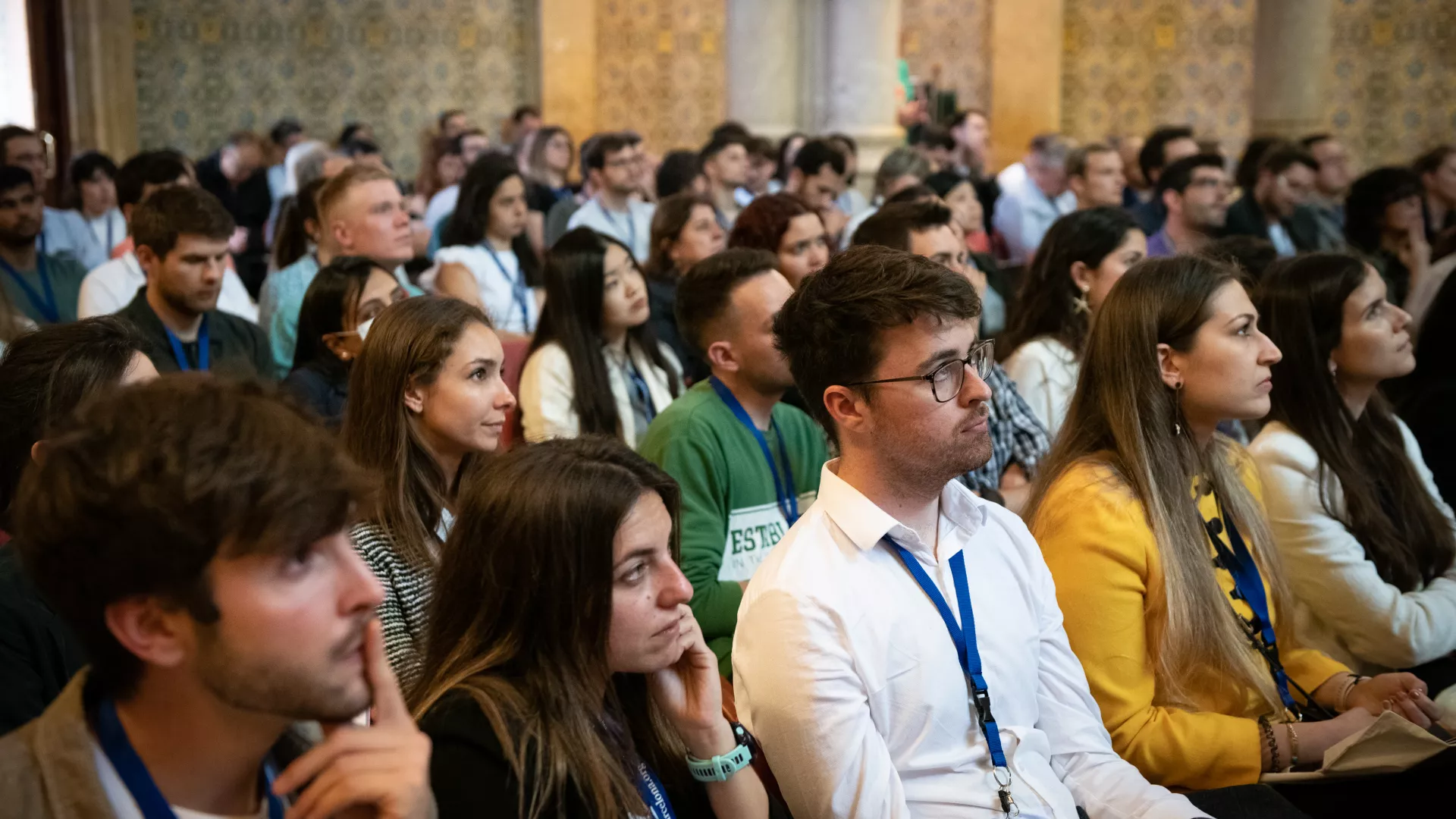Speaker: Prof. Julien Orts
University of Vienna, Faculty of Life Sciences, Department of Pharmaceutical Sciences, Austria
Presentation
Host: Dr. Borja Mateos on behalf of IMANT Interest Group - NODES IRB Barcelona
Node: Chemical & Structural Biology
Date: Wednesday 22 November 2023, 12.00h
Place: Serratosa Room
IMPORTANT: For attendees outside the PCB community you must register at least 24h before the seminar.
Abstract
X-ray crystallography molecular replacement (MR) is a highly versatile tool for the detailed characterization of lead compound and binding modes in the pharmaceutical industry. The two major limitations of its application to drug research are (i) the availability of a similar protein structure, and (ii) obtaining well-diffracting crystals of the ligand-protein complexes of interest. While nowadays the first point is often not a limitation anymore, obtaining well-diffracting crystals may be difficult. In such situations structure determination of protein-ligand complexes by liquid-state NMR is a good option. Unfortunately, the established standard structure determination protocol is in general time-consuming, and a shortcut using available structural data as in the case of MR in X-ray crystallography is not available.
Here, we present NMR2 (NMR Molecular Replacement), a MR-like approach in NMR to determine the structures of the binding pockets of ligands at atomic resolution. The calculation of structures of protein-ligand complexes relies on the collection of unassigned semi-quantitative inter-molecular NOE distance restraints and on previously solved structures. The NMR2 method uses a high throughput structure calculation protocol, rather than a docking-scoring simulation. It is fast since it requires only a few days of measuring time and bypasses the time-consuming sequential assignment steps for the protein.
We will present multiple NMR2 applications covering several ligand topologies ranging from peptidomimetic to small molecules that bind strongly or weakly to protein receptors. We also report how NMR2 can make use of partially labelled protein using methyl-specific isotope labelling. Finally, we will present our latest methodology development to further advance the technique. Our findings demonstrate that NMR2 may open an avenue for the fast and robust determination of the binding pocket structure of ligand-protein complexes at atomic resolution.

